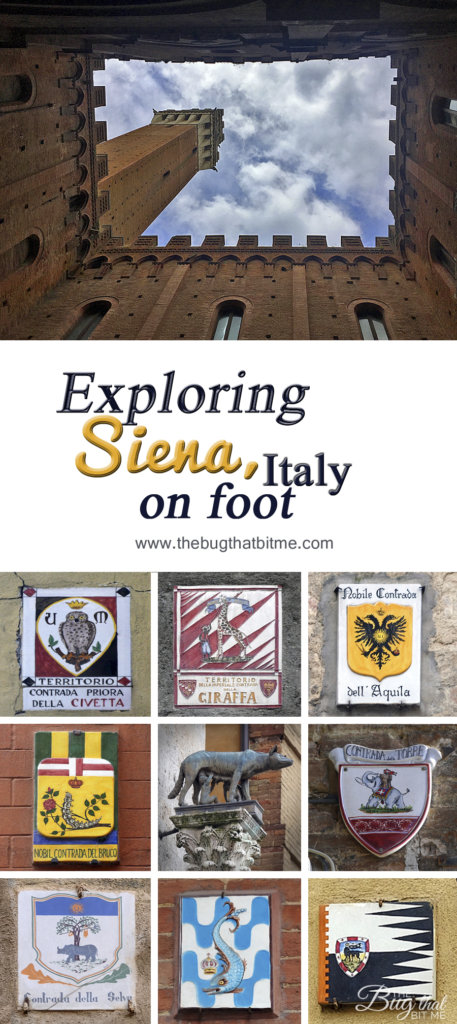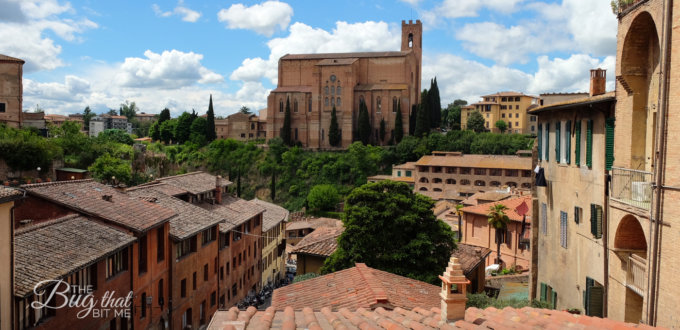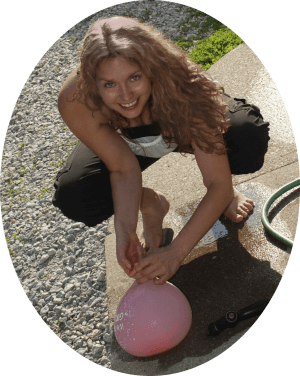The first thing I do when I arrive somewhere new is dump my bags and hit the streets. Map tucked far away for when I inevitably get lost, I head towards the most interesting view out my front door and go explore. Siena is a wonderful town to check out on foot. Boasting a seven-kilometre wall that still surrounds the old historic centre, it is small, but not too small, hilly enough to get a good workout without your lungs exploding, populated by friendly locals– and depending on the time of day, throngs of tour groups– and most excitingly, Siena is full of stories that go back millennia.
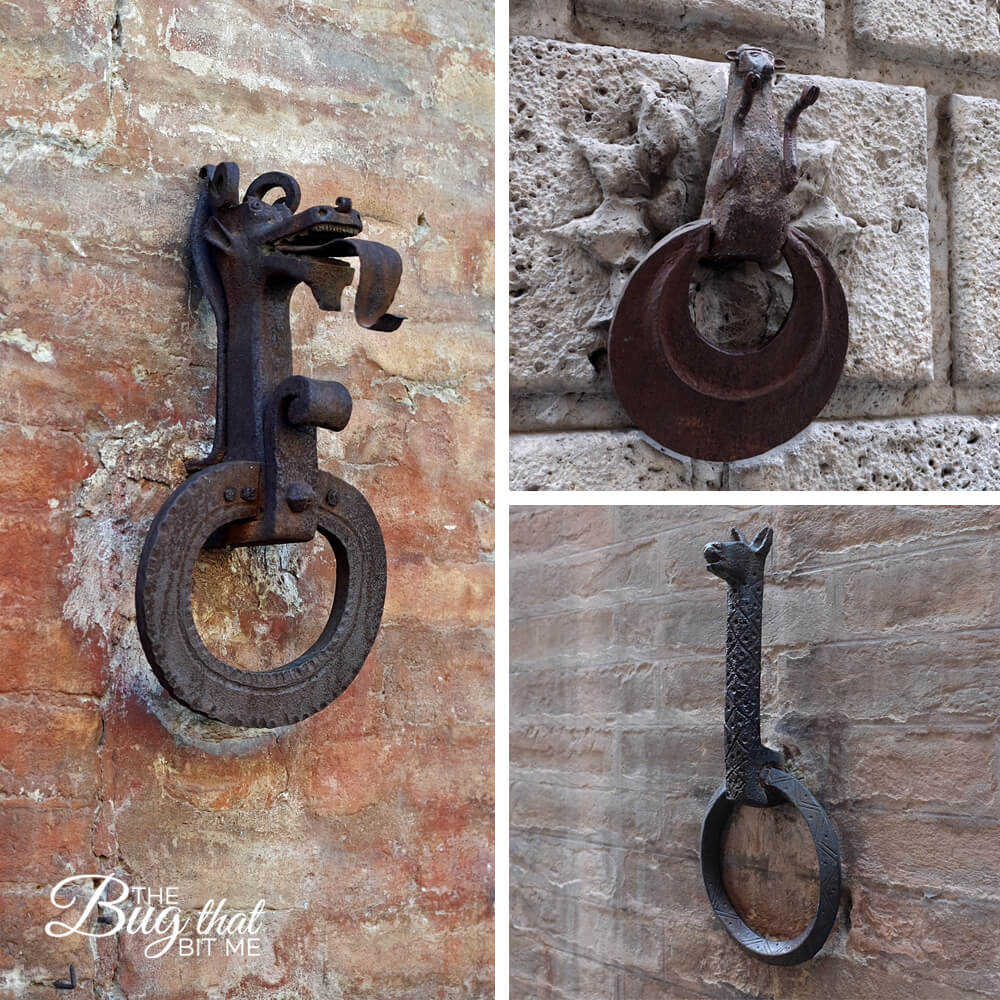
Modern-day Siena was first established by the Etruscans long before Christ, almost 3,000 years ago. The city once rivaled Florence for grandeur and beauty, but as the Sienese say today, Florence is better at marketing itself, while Siena prefers to be more modest. It definitely comes off as a dig, which is not surprising, given the cities’ long history of rivalry. Siena was at one time equal in size to Paris, but in 1348, the Black Plague decimated a large portion of the city’s population and it never fully rebounded.
I stayed at the top of Via Santa Caterina, a rather long, steep hill that I was quite happy to be at the top of. It is a perfect location from which to base yourself in the city. It is close to everything, yet quiet in the evening, if you ignore the church bells.
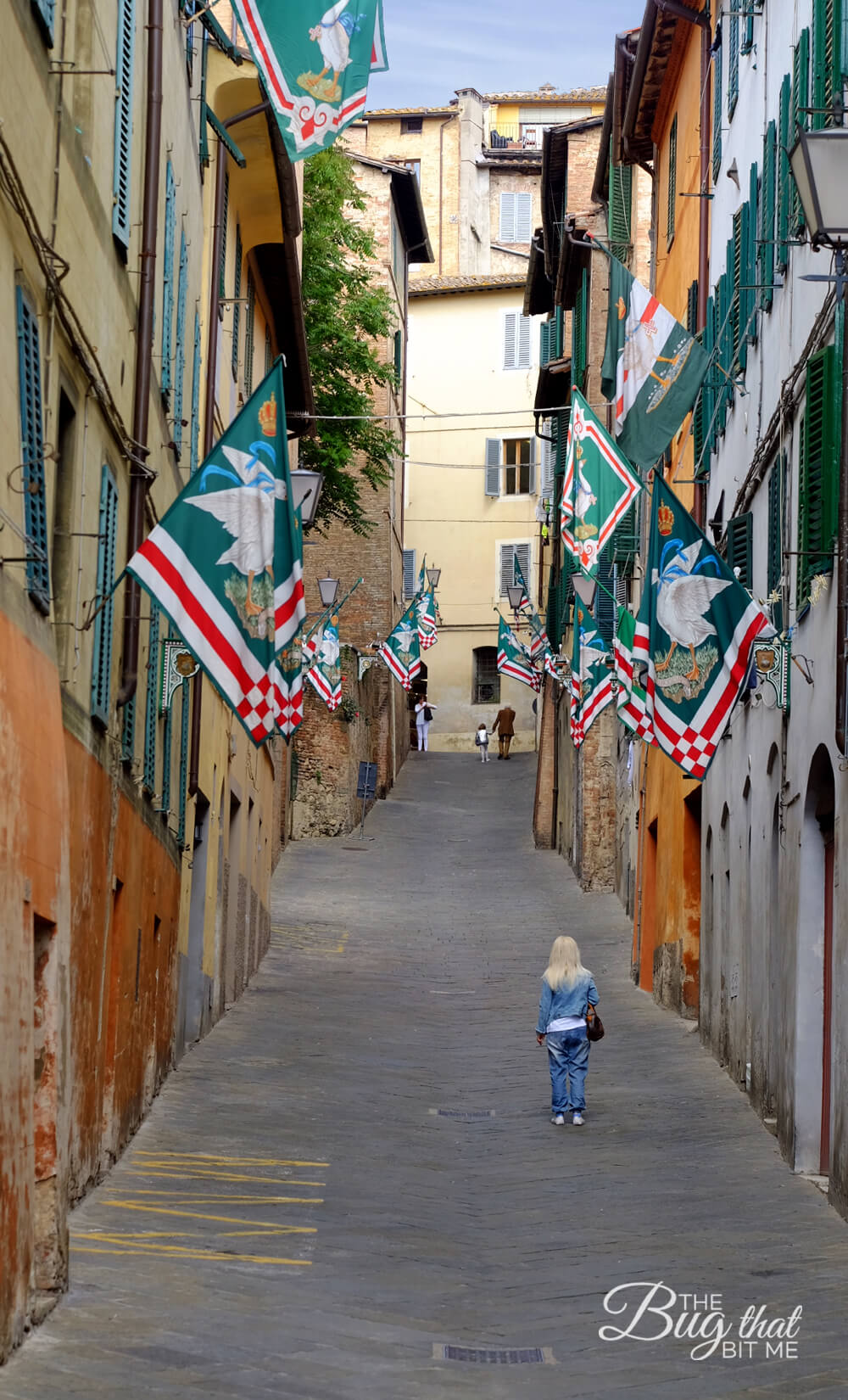
Siena is made up of 17 contradas, or wards, and has been so divided since medieval times. The wards each feature an animal mascot and tiles of these can be found on buildings as you wander the city. Look up and see if you can spot when you change wards. Below are a few I spotted on my wanderings. If you have kids, make a game of it– whoever finds the most tiles gets a gelato!
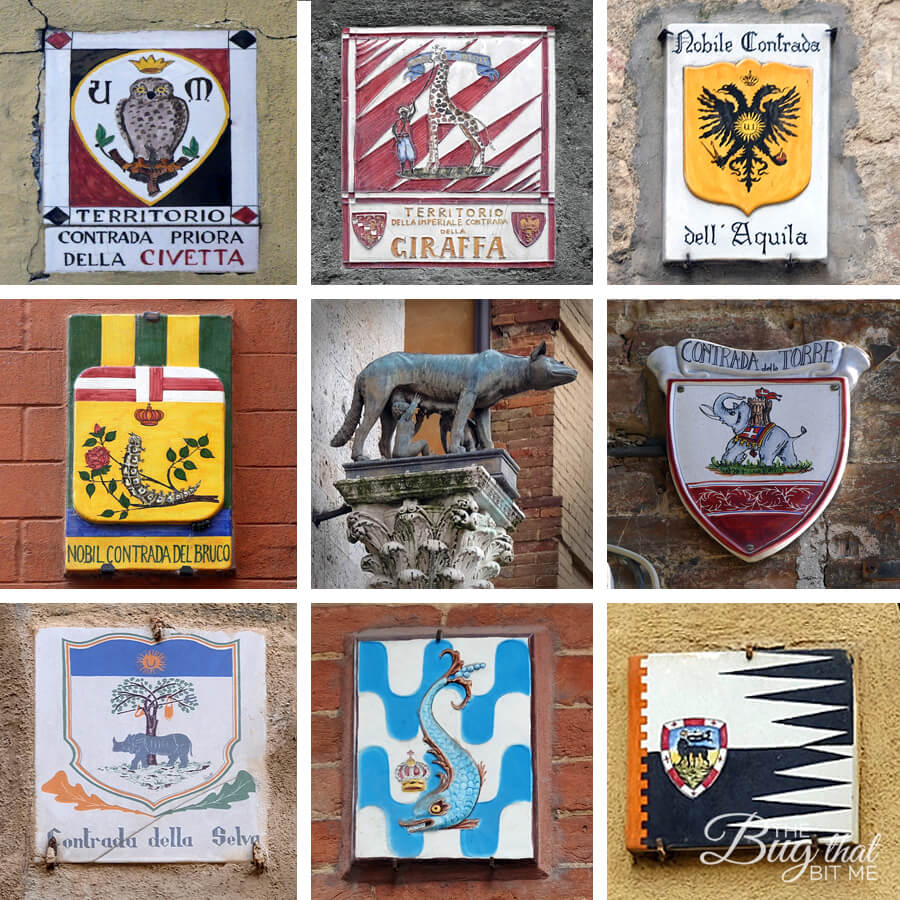
Rivalry between the wards is at its fiercest during the twice-a-year Palio race, where 10 of the 17 wards race horses around the impossibly small track laid out in the square. It looks like sheer madness and I really hope to be able to attend one day.
In 1995, UNESCO recognized Siena as the “ideal embodiment of a medieval city,” describing the city as “a work of art that blends into the surrounding landscape.” How beautiful, and fitting.
Points of Interest
Piazza del Campo
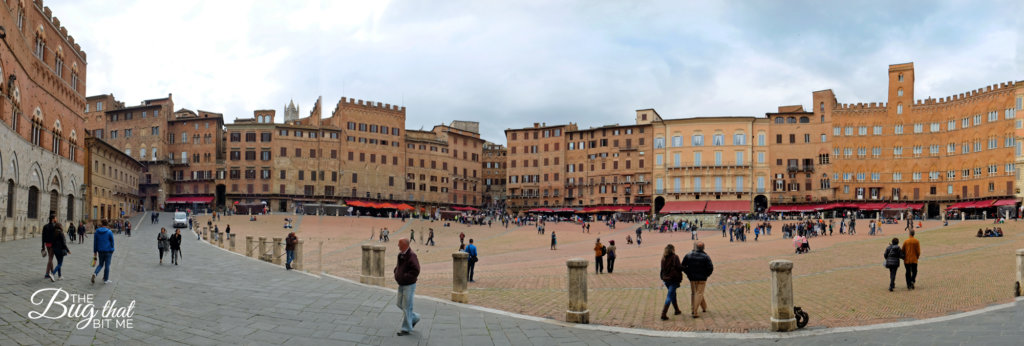
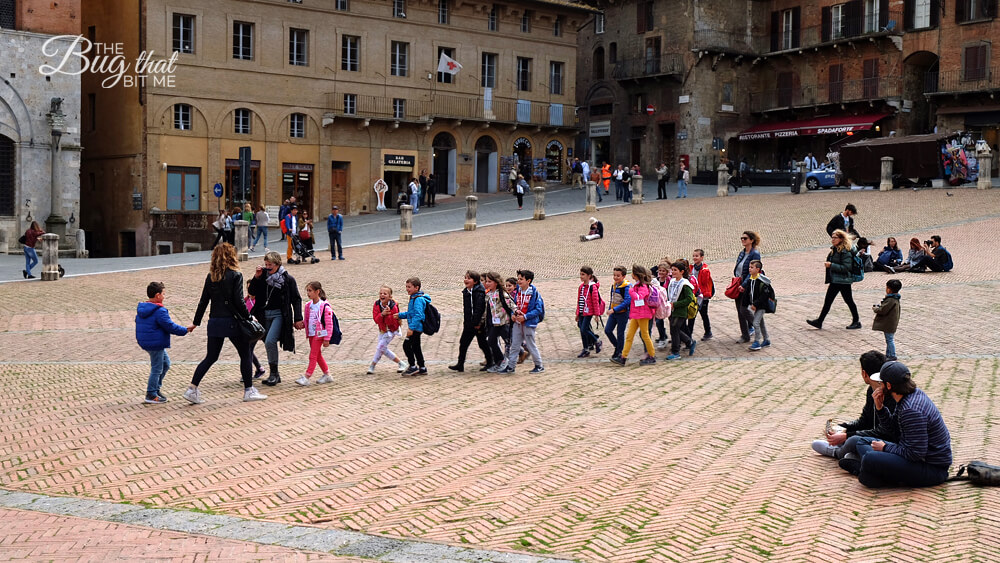
Siena is built around a central square, much like most Italian cities. The difference, however, is that this square, Piazza del Campo, is in front of the main civic building, not the Duomo. This is significant, and illustrates that Siena was very different from most nearby cities. Residents considered themselves enlightened, giving the government equal power to the church. All main roads in the city lead to il Campo, and the heart of the city is just as much the social centre today as when it was built at the end of the 11th century.
Piazza del Campo is considered neutral ground, not belonging to any contrada, and it is where all residents gather in the evening to socialize.
Palazzo Pubblico & Torre del Mangia
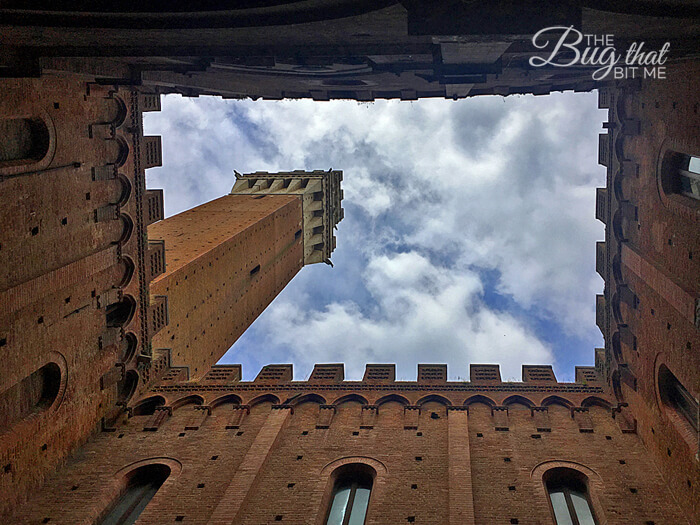
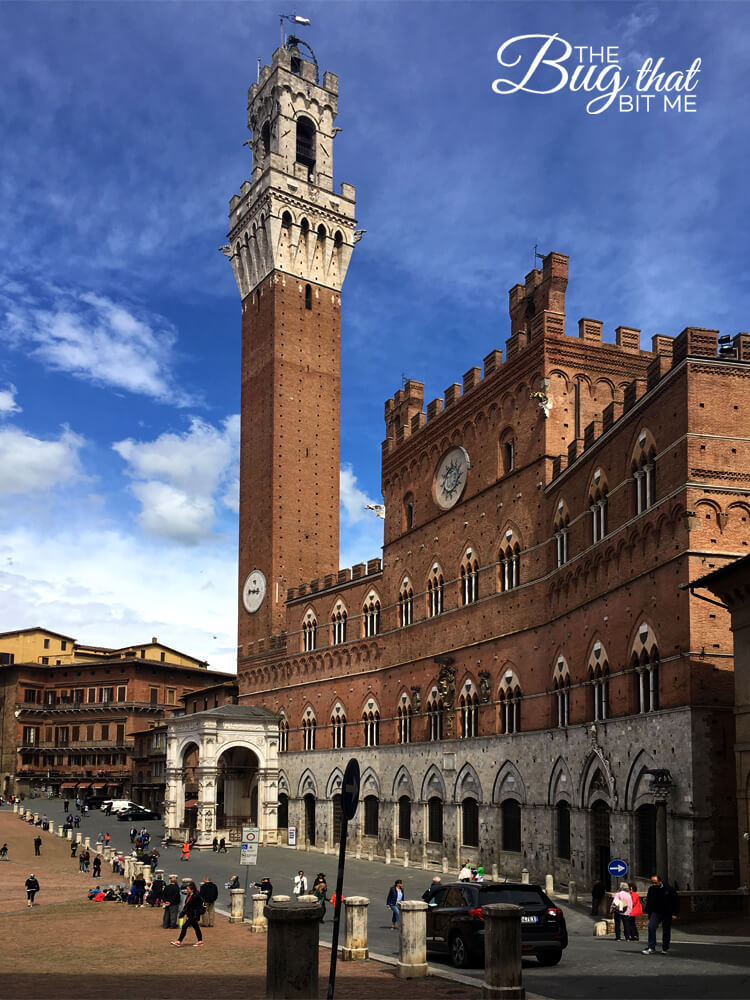
The main building in Piazza del Campo is Palazzo Pubblico, a palace built in 1297 to house the government. Today it is a civic museum and holds many Italian masterpieces, which, at the time, were commissioned by a secular rather than religious body, an unusual situation for the period. Beside the palazzo is the tall bell tower, Torre del Mangia, built between 1325-1348. It was built to be the exact height of the cathedral, illustrating that they held equal power for the Sienese. Climb the 400 steps for sweeping views of the city and countryside.
To the right of the entrance to Palazzo Pubblico is a small chapel, Cappella di Piazza, built in 1352-1376. Is was dedicated to the Virgin Mary for saving the city from the Black Plague. I find this interesting, as the city lost so many citizens to the plague. I’ve read different accounts of anywhere from 50-80% of the population. I guess the residents were grateful they didn’t lose more. That’s a rather cup-half-full way to look at things!
Fountain of Joy
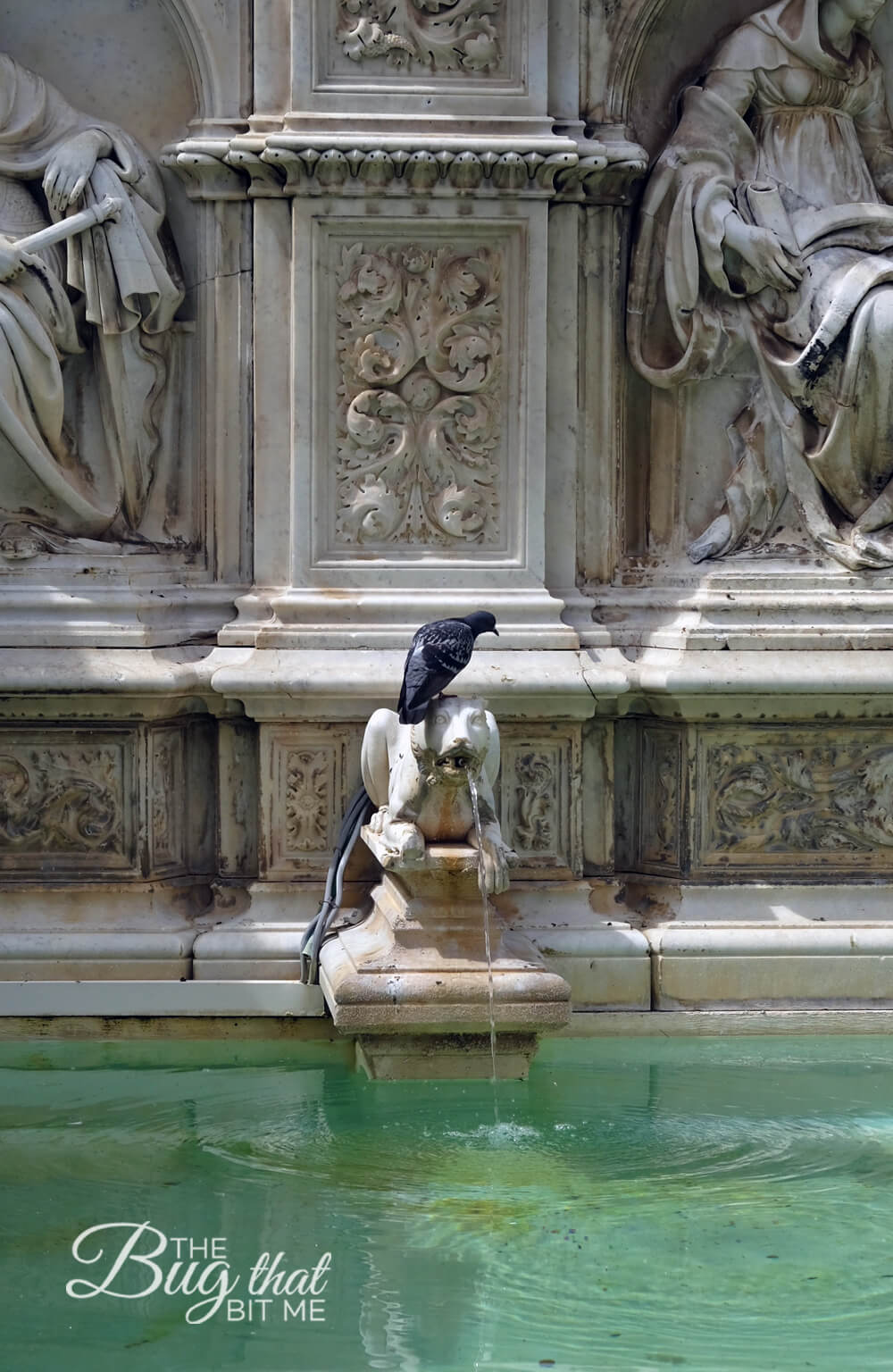
Directly across from the Palazzo Pubblico is Fonte Gaia. Built in 1419, the fountain has been fed by the same 30 km of underground tunnels since it was built. It was a marvel to the citizens at the time, as it brought free, fresh water to the city. The current fountain is a replica of the original, which can be found in the museum of the Spedale di Santa Maria dell Scala.
The Duomo
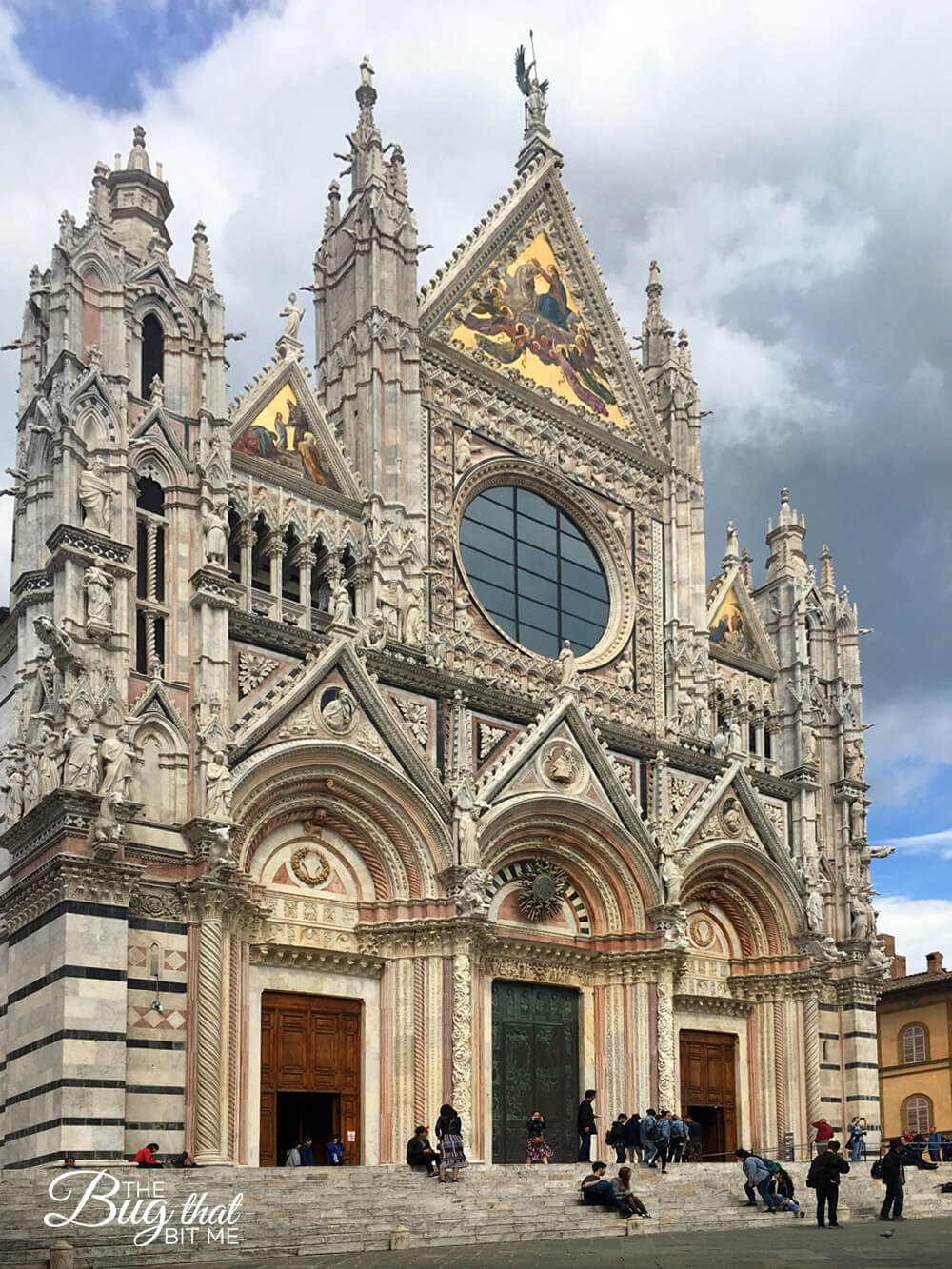
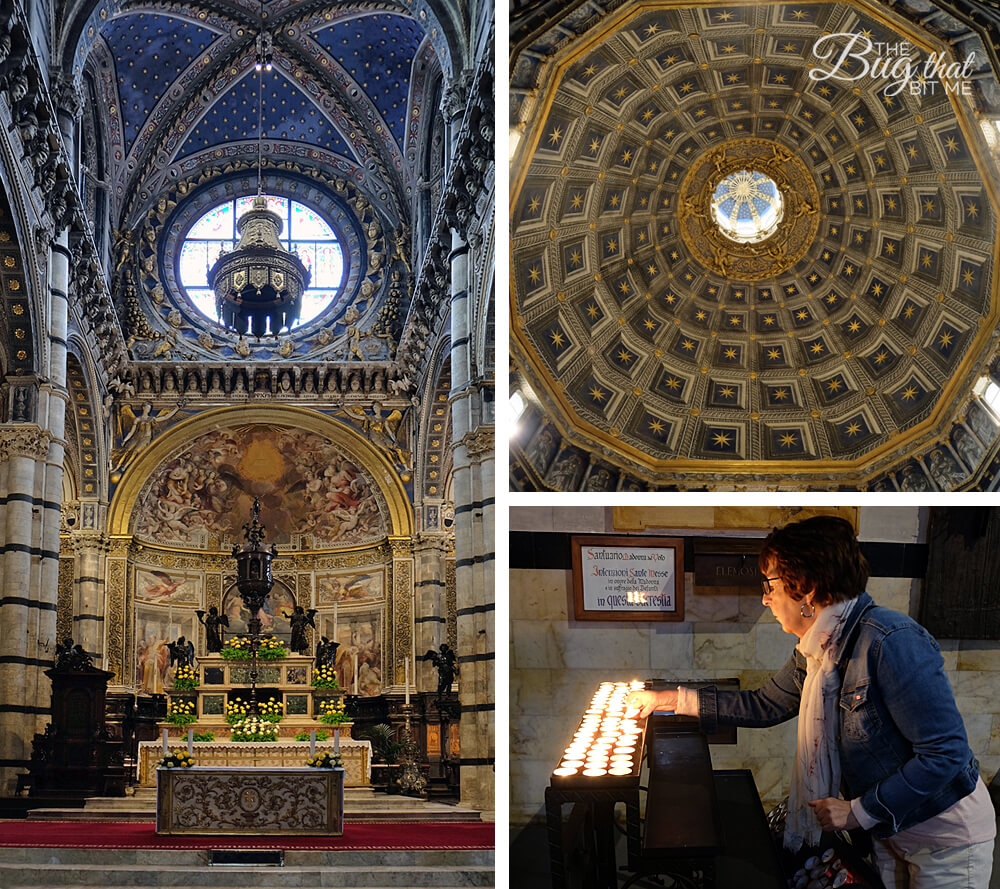
The Siena Duomo is a stunner! A combination of two styles, the lower Gothic structure was started by Nicola Pisano and his son Giovanni in 1215-1263. The top Romanesque structure was added during Siena’s heyday in the 14th century.
If you think the outside of the cathedral is awe-inspiring, the interior will blow you away. Inside you’ll find masterpieces by 40 Italian artists, from frescoes, mosaics, sculptures and stained glass, the collection is vast. If you happen to be in Siena when they uncover the floors, consider yourself lucky. The amazingly detailed mosaic masterpieces have been called the most elaborate and beautiful in the world.
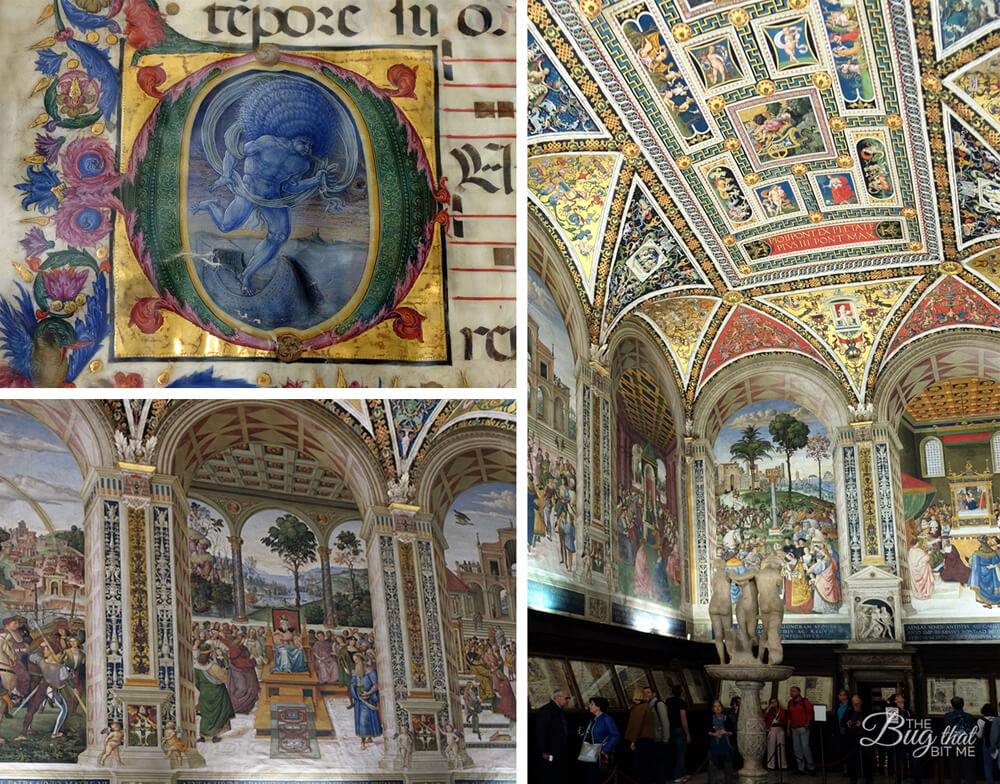
Also be sure to check out the small Piccolomini Library on the left-hand side of the church. It is full of beautifully illustrated choir books, exploding with brilliant colours and gleaming gold. The frescoes in the library are the showstopper, though. Find a corner to stand in and take it all in.
Basilica of San Domenico
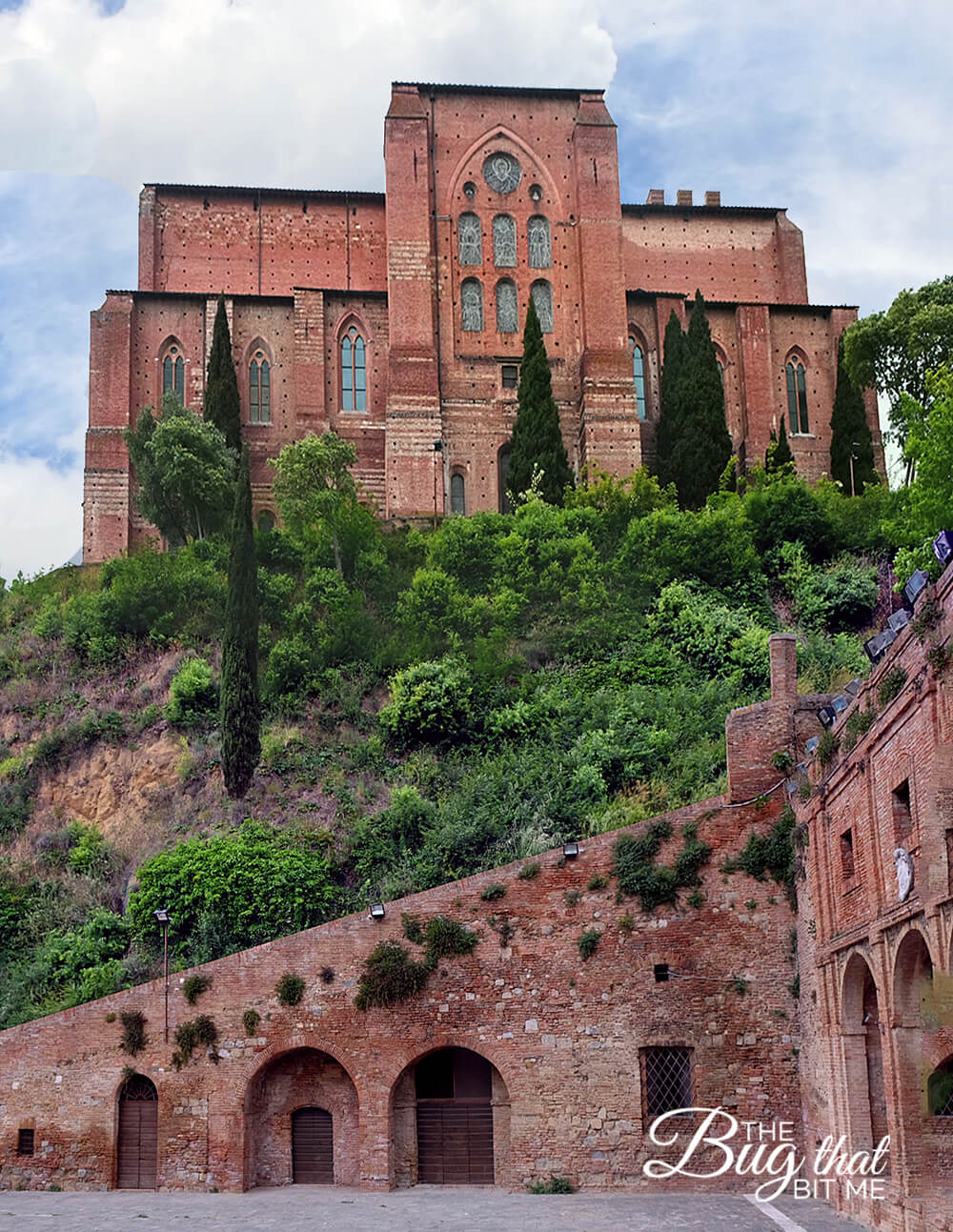
Siena has another monstrous church worth taking the time to explore. Built on one of Siena’s hilltops, you can’t miss the Gothic Basilica of San Domenico. This unfinished church was started in 1226 and worked on until 1265. Additions were made in later centuries, but fire and war caused damage in the 1400s and 1500s and the church remains unfinished.
Inside you will find the Saint Catherine Chapel. Saint Catherine is the patron saint of Siena. On display in the chapel, you will find Saint Catherine’s mummified head and thumb. I enquired about climbing the bell tower here, but was told it’s closed to the public. The tower we see today is shorter than the original, which was damaged by an earthquake in 1798.
There is no fee to enter.
Window Shopping
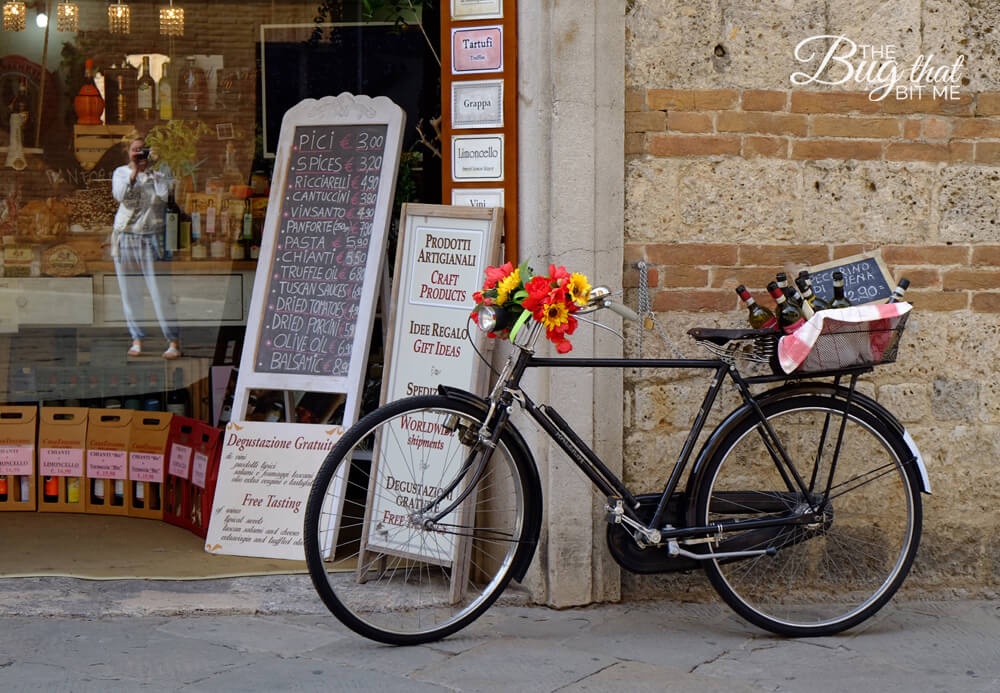
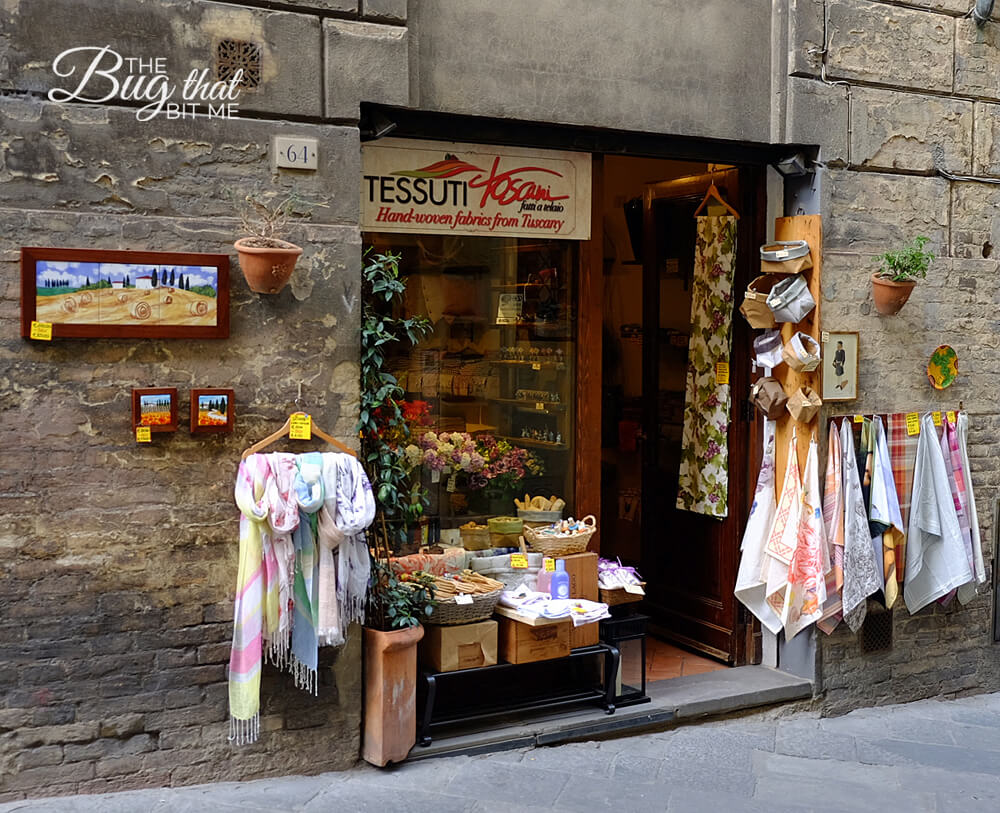
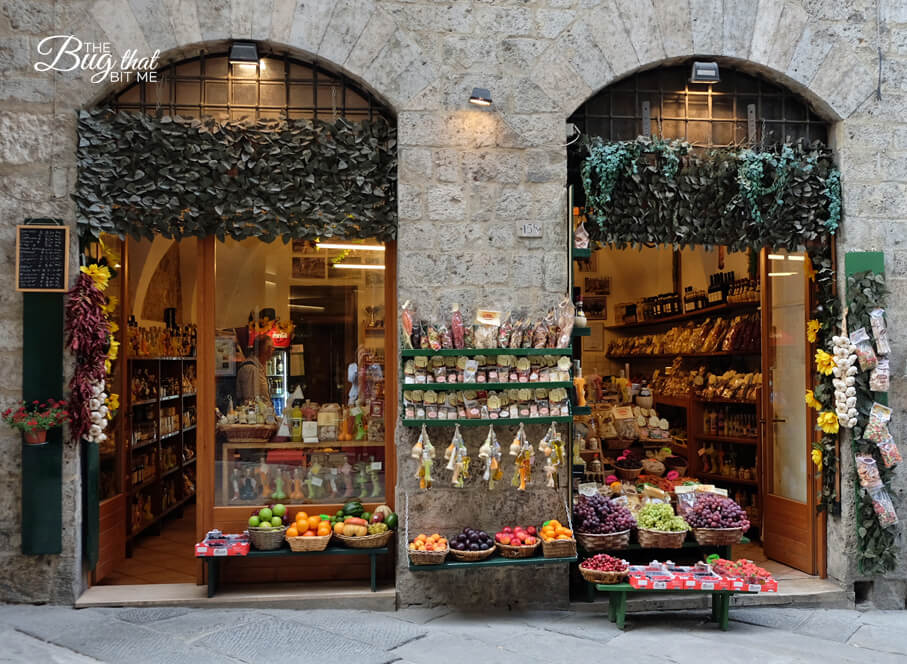
Tourists love Siena and the locals know it. Most shops in the centre are staged beautifully, inviting lots of window shopping and photos. Prices are higher than you’d pay outside the centre, but the pretty views almost make it worth dropping a few more euros.
Nighttime
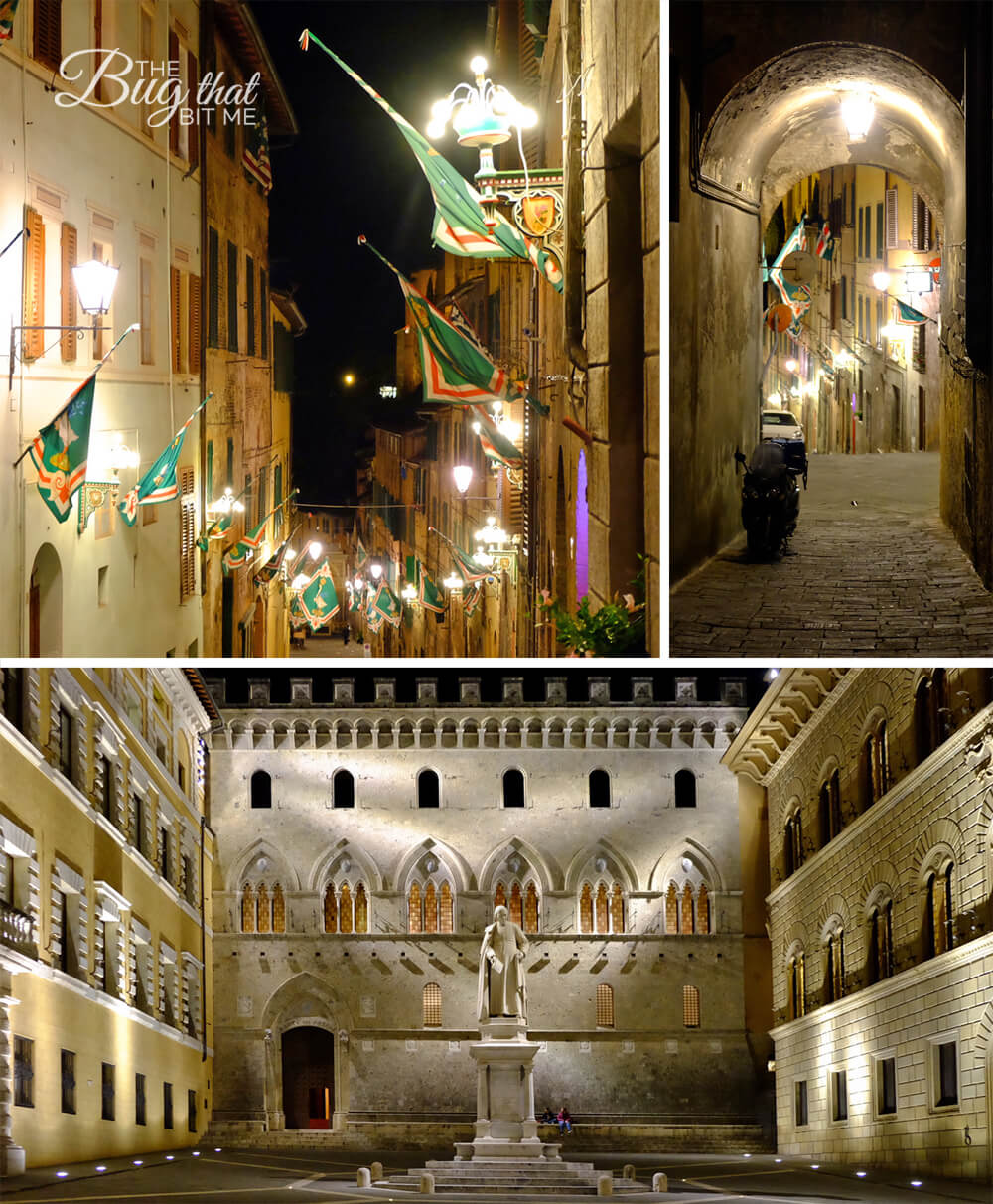
Don’t forget to explore Siena after the sun goes down. Monuments are lit up, people are out strolling with their after-dinner gelato, locals gather with their friends in the bars and squares. The city is safe to wander and you are likely to find lots of places for interesting photos.
